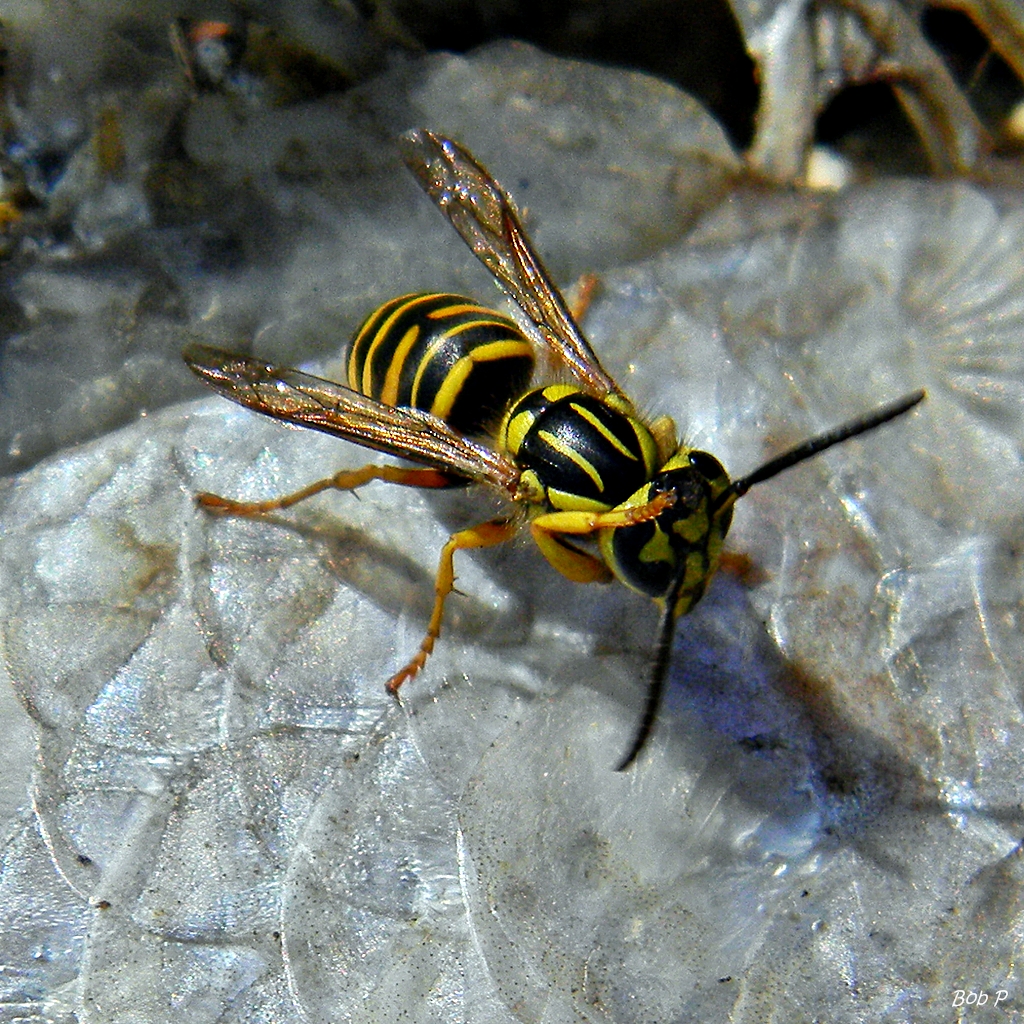Outdoor events are a fun but the presence of yellow jackets can quickly turn a fun gathering into a stressful situation. These aggressive wasps are attracted to food, drinks, and the general buzz of activity, making them frequent uninvited guests. Fortunately, with a few practical steps, you can keep yellow jackets at bay and enjoy your event without worry.
 Food and Drink: The Main Attraction
Yellow jackets are drawn to the same foods people enjoy at outdoor events. Here are a few key attractants:
Food and Drink: The Main Attraction
Yellow jackets are drawn to the same foods people enjoy at outdoor events. Here are a few key attractants:
Understanding Yellow Jacket Behavior
Yellow jackets are attracted to sweet foods items and proteins, which makes outdoor barbecues, picnics, and parties an ideal feeding ground for them. Unlike bees, yellow jackets are more aggressive and are likely to sting multiple times if they feel threatened. Knowing what attracts them and how to avoid those triggers can help prevent them from ruining your event. Food and Drink: The Main Attraction
Yellow jackets are drawn to the same foods people enjoy at outdoor events. Here are a few key attractants:
Food and Drink: The Main Attraction
Yellow jackets are drawn to the same foods people enjoy at outdoor events. Here are a few key attractants:
- Sugary drinks: Sodas, fruit juices, and even alcohol can attract yellow jackets from a distance.
- Proteins: Grilled meats, sandwiches, and other savory dishes are also a favorite.
- Trash: Uncovered trash bins are another hotspot for yellow jackets as they scavenge for leftovers.
Preventive Measures to Keep Yellow Jackets Away
Cover All Food and Drinks One of the most effective ways to deter yellow jackets is to keep food and drinks covered at all times. Use lids, foil, or mesh food covers to protect your dishes from these unwanted pests. If you’re serving beverages, especially sugary ones, keep them sealed with lids or serve them in covered containers. Set Up Yellow Jacket Traps Commercial yellow jacket traps are readily available and are an excellent way to reduce their numbers. Place these traps around the perimeter of your event space a day before the event. The traps contain attractants that lure yellow jackets away from the main area, keeping them distracted. Be sure to hang the traps a safe distance from where guests will be sitting or eating. Use Natural Repellents Certain scents can deter yellow jackets without harming them. Peppermint oil is a natural repellent. Mix peppermint oil and water and use it around your outdoor event area. Other options include planting citronella, eucalyptus, or thyme, which act as a natural deterrent while enhancing the ambiance of your event. Choose the Right Colors Yellow jackets are particularly attracted to bright colors and floral patterns. Encourage guests to avoid wearing bright clothing or floral prints during outdoor events. Wear neutral colors like white, beige, or gray, which are less likely to attract these pests. Keep Trash Bins Covered Yellow jackets are scavengers, and open trash cans can become a feast for them. Always use trash cans with tight-fitting lids and place them far from the main event area. Remind guests to dispose of their trash properly to avoid attracting pests to your event.How to Avoid Yellow Jackets
There are several common mistakes people make when trying to deter yellow jackets that could actually make the problem worse. For instance, waving your arms frantically or trying to swat them away will likely provoke yellow jackets and increase the chances of getting stung. Similarly, using strong-smelling perfumes or lotions can attract yellow jackets, as they are drawn to floral scents. Another common myth is that wasp decoys can keep yellow jackets away by tricking them into thinking there’s another colony in the area. However, these decoys have little to no effect on yellow jacket behavior and should not be relied upon. Here are a few methods to remove yellow jackets from outdoor events:| Method | What It Does | How to Use |
| Cover Food and Drinks | Reduces attraction to food sources | Use lids, foil, or mesh covers |
| Yellow Jacket Traps | Lures yellow jackets away | Place traps around the perimeter |
| Natural Repellents | Deters yellow jackets using scents | Spray peppermint oil around the area |
| Neutral Clothing | Minimizes attraction to people | Wear light, neutral-colored clothing |
| Covered Trash Bins | Reduces scavenging opportunities | Use trash cans with tight lids |




